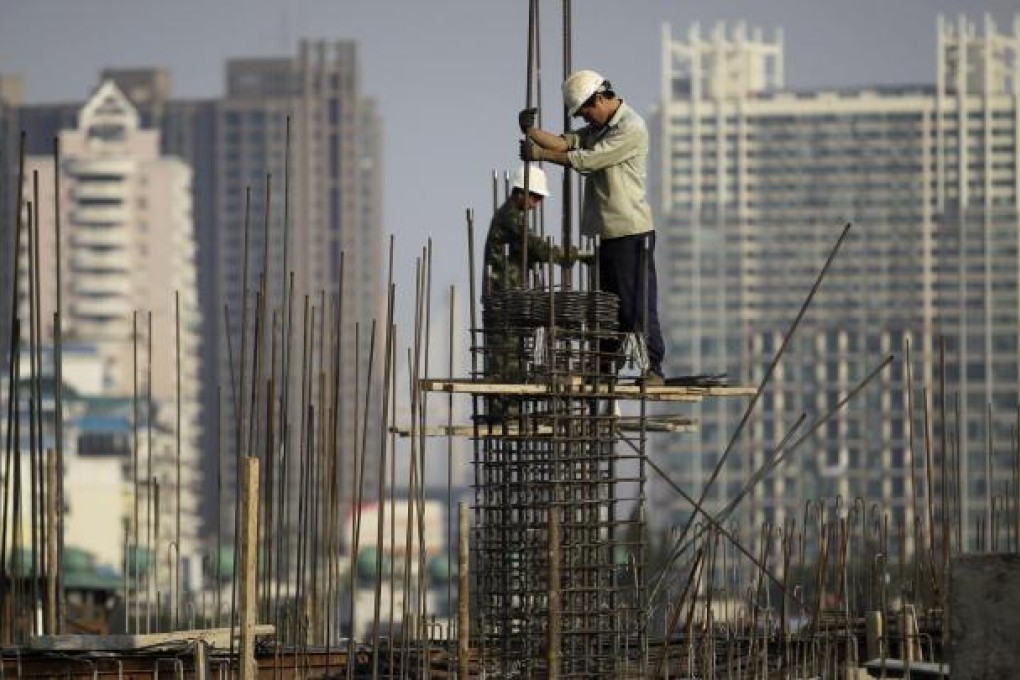Concrete Analysis | Mainland cities achieve growth through cluster effect
Relationship between mainland's larger metropolises and smaller urban neighbours becomes closer, to their mutual economic benefit

In the past few decades there has been a fundamental change in the way we look at mainland cities.
While some overseas observers wrangle over their classification into "tiers", this method of pigeon-holing is becoming outdated as cities are no longer seen as growing in standalone "silos" but in clusters.
Along with freer trade and improved production synergy, the relationship between a larger core metropolis and surrounding smaller cities becomes much closer. City boundaries are therefore becoming blurred as city clusters, the new form of mainland urbanisation, burgeon.
We are, in fact, no strangers to the idea of mainland city clusters and since the early 1980s, with the establishment of special economic zones along the coastlines, we have witnessed the formation of such clusters around some major cities.
The productive powerhouses of these clusters have since contributed tremendously to China's strong economic growth, without which the world would be quite a different place under a shadow of gathering recession.
The clusters are better known as the Yangtze River Delta, the Pearl River Delta, and the Beijing-Tianjin-Hebei region.
